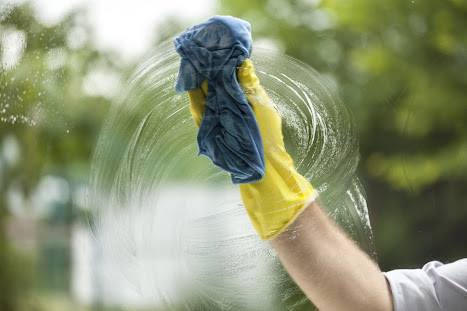Screen Printing Process Guide
What is Screen Printing? What is the process or procedure behind screen printing? The main requirement for screen printing is a webbed mesh, or a screen that has been stretched properly and covered with a rigid casing. The areas that do not need to be printed are blocked. The screen must be placed on the dry paper or fabric to create prints. The ink is then placed on top. Rubber blades help spread the ink evenly across the screen. Ink is evenly spread to all the uncovered areas to create a design. This printing method is perfect for printing flat surfaces.
The combination of screen printing involves preparing, installing, and orienting. To create the correct designs, you will need to use cutting tools. Art knives, multiple-bladed scalpels, scooping knives and other tools are some of the most commonly used. They can be used to create designs on nylon multifilament and polyester surfaces. Screen printing inks are essential for the process. Blotting pens can be used to block parts that do not need to be printed. Spreading the ink is done with rubber blades, rubber spatulas, and rubber squeegees. After this process is complete, the artist will use the special screens. Beginners can use clamps or tapes to secure the item to be placed so it doesn't move. When using photosensitive film for screen printing, you will need to use garment printing machines or desktop printers.
Curing the ink is the next step after the printing process has been completed. Ink curing is performed with special equipment such as a flash-dryer, textile dryer and drying board. Cleaning the screen is done with fabric cleaning brushes. A quick screen wash can be recommended when the ink stains seem to be very difficult to remove. Instant screen openers can be used to dissolve the inks. They are also highly effective at opening the mesh after two or three coats of ink.For more information go now our website.
The newest trend is to run the printed material through a heating tunnel on a conveyor. The ink will dry faster, allowing the material to be stacked and packed immediately. The screen-printed items should be dried thoroughly to ensure that they will last longer. Ideal for darker items is a base print that supports the image. White is the preferred base color for lighter colors.
Flash bulbs can be used to verify even the smallest details during the screen printing process. The entire screen printing set, which includes all necessary equipment, is available. Beginners can use stencils and designs until they understand the whole process of screenprinting. You can find self-explanatory manuals that will help you understand the whole process of screen printing. These are great guides for beginners.




Comments
Post a Comment